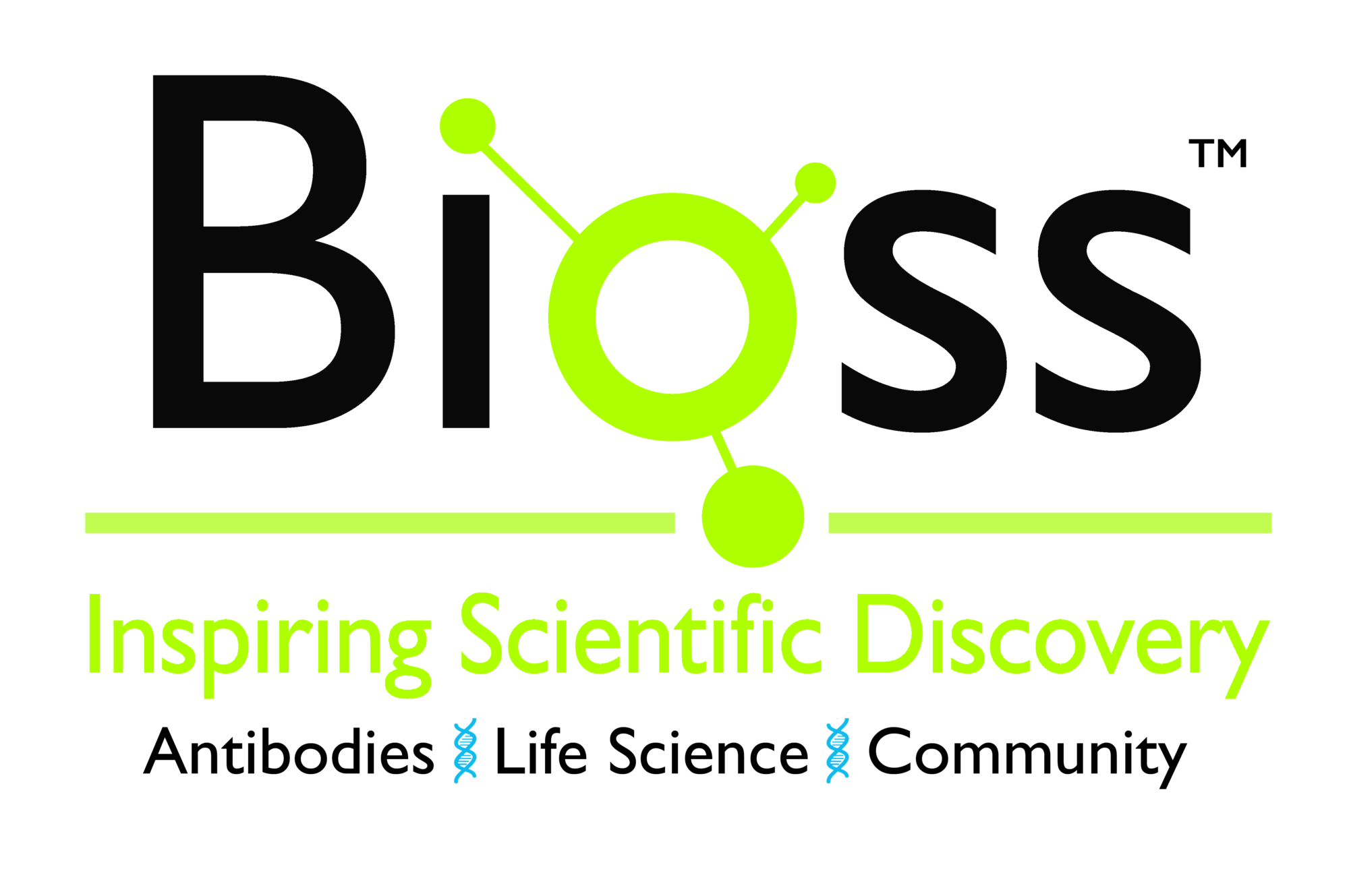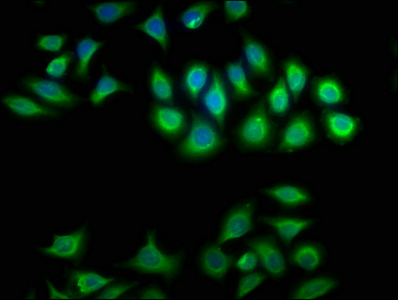beta A3 Crystallin antibody [N1C3]
GTX109207
ApplicationsWestern Blot
Product group Antibodies
ReactivityHuman, Mouse
TargetCRYBA1
Overview
- SupplierGeneTex
- Product Namebeta A3 Crystallin antibody [N1C3]
- Delivery Days Customer9
- Application Supplier NoteWB: 1:500-1:3000. *Optimal dilutions/concentrations should be determined by the researcher.Not tested in other applications.
- ApplicationsWestern Blot
- CertificationResearch Use Only
- ClonalityPolyclonal
- Concentration0.26 mg/ml
- ConjugateUnconjugated
- Gene ID1411
- Target nameCRYBA1
- Target descriptioncrystallin beta A1
- Target synonymsCRYB1, CTRCT10, beta-crystallin A3, beta crystallin A3 chain transcript CN, beta crystallin A3 chain transcript LAM, beta crystallin A3 chain transcript PS, beta crystallin A3 chain transcript TC, crystallin beta A3/A1, crystallin, beta A3, eye lens structural protein
- HostRabbit
- IsotypeIgG
- Protein IDP05813
- Protein NameBeta-crystallin A3
- Scientific DescriptionCrystallins are separated into two classes: taxon-specific, or enzyme, and ubiquitous. The latter class constitutes the major proteins of vertebrate eye lens and maintains the transparency and refractive index of the lens. Since lens central fiber cells lose their nuclei during development, these crystallins are made and then retained throughout life, making them extremely stable proteins. Mammalian lens crystallins are divided into alpha, beta, and gamma families; beta and gamma crystallins are also considered as a superfamily. Alpha and beta families are further divided into acidic and basic groups. Seven protein regions exist in crystallins: four homologous motifs, a connecting peptide, and N- and C-terminal extensions. Beta-crystallins, the most heterogeneous, differ by the presence of the C-terminal extension (present in the basic group, none in the acidic group). Beta-crystallins form aggregates of different sizes and are able to self-associate to form dimers or to form heterodimers with other beta-crystallins. This gene, a beta acidic group member, encodes two proteins (crystallin, beta A3 and crystallin, beta A1) from a single mRNA, the latter protein is 17 aa shorter than crystallin, beta A3 and is generated by use of an alternate translation initiation site. Deletion of exons 3 and 4 causes the autosomal dominant disease zonular cataract with sutural opacities. [provided by RefSeq]
- ReactivityHuman, Mouse
- Storage Instruction-20°C or -80°C,2°C to 8°C
- UNSPSC12352203




